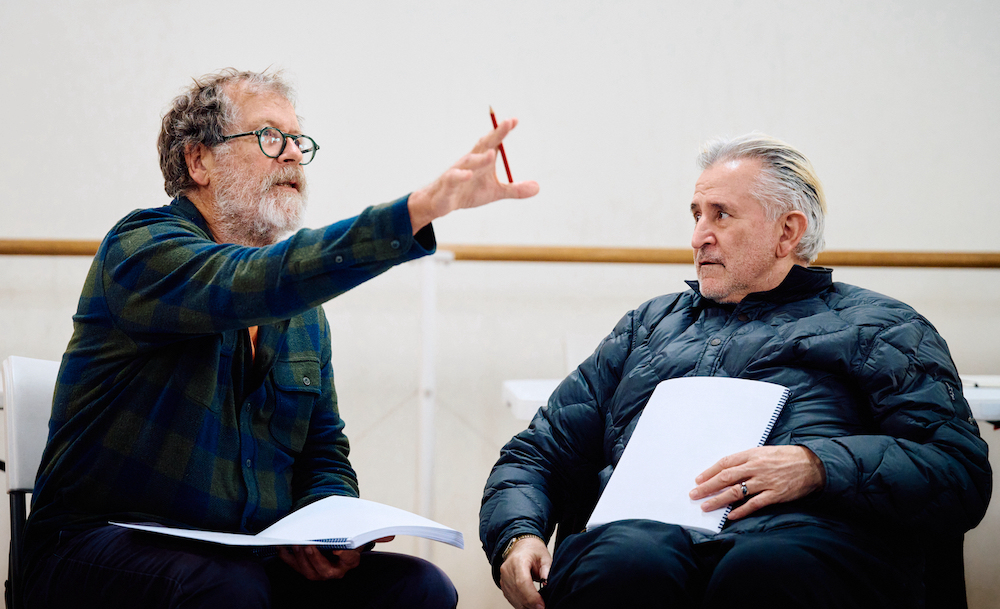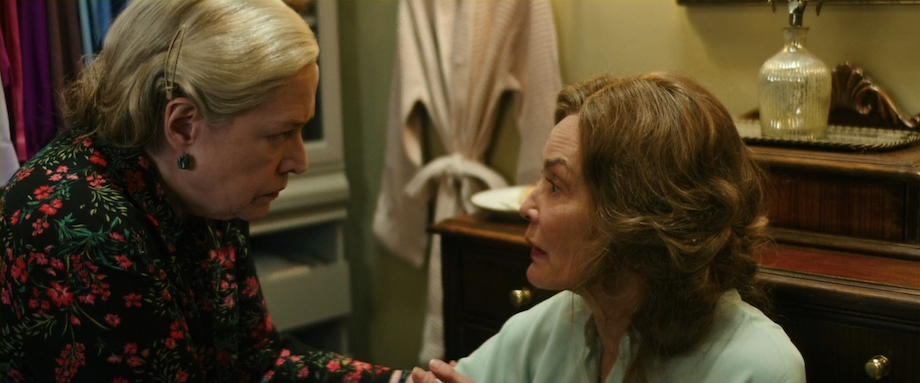
Neil Armfield discusses Death of A Salesman

With his latest theatrical work, Australian director Neil Armfield has breathed new life into a text written over 70 years ago and has delivered a production that will go into theatre annals as one of the greatest versions ever staged.
Armfield was momentarily hesitant when producers GWB and Andrew Henry first approached him to do Arthur Miller’s classic mid-twentieth century, Death of a Salesman, but soon overcame any hesitancy.
“I had seen the Philip Seymour Hoffman and the Dustin Hoffman performances of Willy Loman in New York and I was struck that the play had a layer of dust on it,” Neil Armfield, director, said.
“I wanted to do it where the play is revealed anew and is still respectful of the ambition of it and Arthur Miller.”

Casting the central role of Willy Loman was settled when Australian born and now US-based actor Anthony LaPaglia was suggested for the role, but not without some hesitations, as LaPaglia had never been on stage in Australia except for an amateur production in the ‘70s.
“I knew that he had won the Tony (1998) for Miller’s View From a Bridge but he has barely been on stage since,” Armfield said.
Arthur Miller had seen that production and said that LaPaglia was the greatest Eddie Carbonne (central character) ever, and also Armfield had worked with him previously.
“I worked with Anthony in Holding the Man and his sense of containing a huge sense of emotion, huge resentment and huge love was so powerful, and I thought that he could bring so much,” Armfield said.

“Now he is the right age to be playing Willy Loman and the right size as he is carrying a bit of weight and it is all perfect.”
For the all important role of Linda, Willy’s wife, Armfield quickly arrived at Alison Whyte, whose previous stage roles included Olive in Ray Lawler’s classic Australian work Summer of the Seventeenth Doll.
“I sensed that Alison was a brilliant contrast to Anthony, who has a blackness about him while there is something astringent about Alison on stage,” Armfield said.
In Salesman’s first act Linda delivers a long and powerful speech to her two sons Biff and Happy about respecting their father, further perpetuating the tissue of lies on which the Loman family is founded.

“We worked on that big speech where she tells the boys about Willy and it goes on for two or three pages,” Armfield said.
I suggested that she work from anger all the way through this and she just worked and worked at it and it is riveting.”
During one of previous Broadway encounters with the play Armfield has seen John Malkovich cast as Biff, the younger Loman son who is a failed jock and kleptomaniac and who is damaged from witnessing Willy’s indiscretion with The Woman, played by Paula Arundell.
“I had seen John Malkovitch play Biff to Dustin Hoffman’s Willy and I didn’t think that he got it at all as he was too intellectual,” Armfield said.
“With Biff, he is this younger man who really belongs on a farm. He has this deep emotional Intelligence but you don’t want him to lead with his brain.”

After speaking with Josh Helman’s former acting teacher and Furiosa director George Miller, Armfield was certain that he had found his Biff.
Helman has roles in both Fury Road and Furiosa.
Ben O’Toole plays Happy, the elder brother.
“I love what Ben brings to Happy, who is sharp and shallow and is resting on this idea that it is his reputation that gets the deal done,” Armfield said.
“He has learnt all the worst from his father and I think that Ben is brilliant at cranking the play along and taking us to to the heart of the meaning.”

Contrasting to Willy’s impecunious state is his brother Ben, who has made a fortune from plundering frontiers and now comes to Willy as a ghost.
The role is played by veteran film and stage actor Anthony Phelan and like O’Toole, he is new to the Sydney production.
“I thought his voice had a sense of a magician about him and those really piercing eyes,” Armfield said.
The set of bleachers on which all the characters sit was inspired by Miller’s visit to Syracuse in Sicily where he saw an amphitheatre that held 10,000 people nightly.

“We have transferred that to Ebbets Field which is so important to the emotional heart of the play and the heart of the plot,” Armfield said.
“It became clear that all those faces up there were like an unspoken Greek chorus or memories that had just come into Willy’s head.”
Miller saw the play as a warning that the American Dream was built on lies and Armfield agrees that all these years later this is certainly the case.
“Absolutely there are parallels in the play with what is happening now,” Armfield said.










